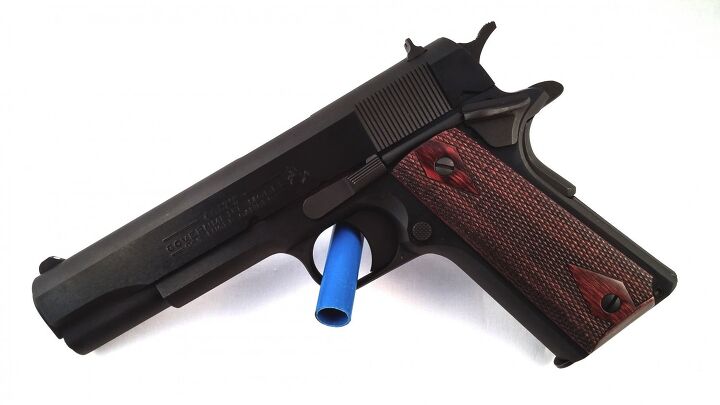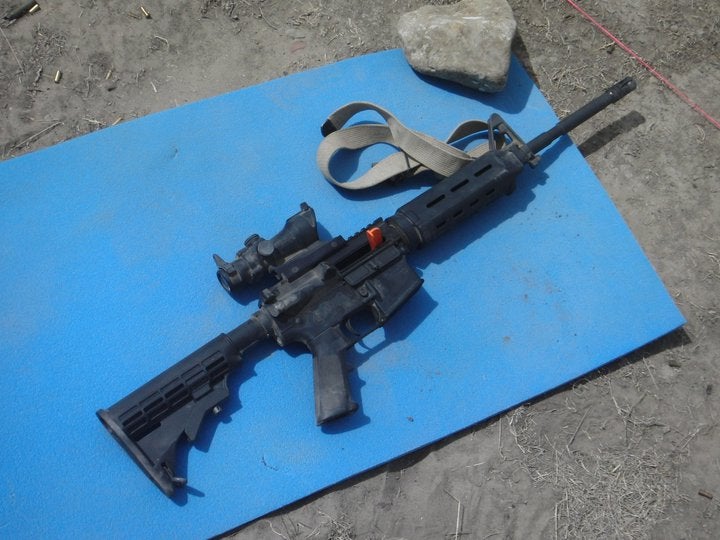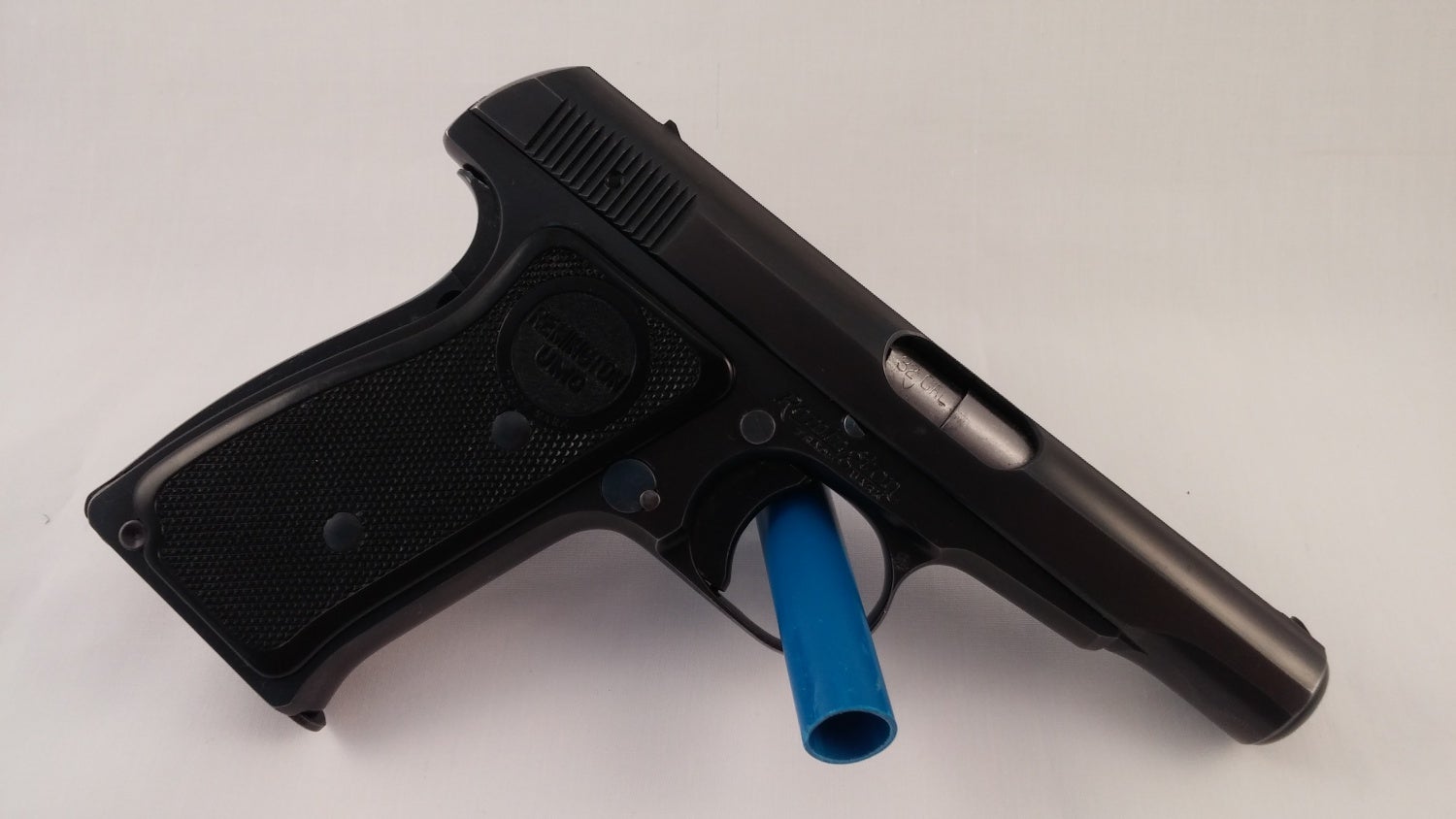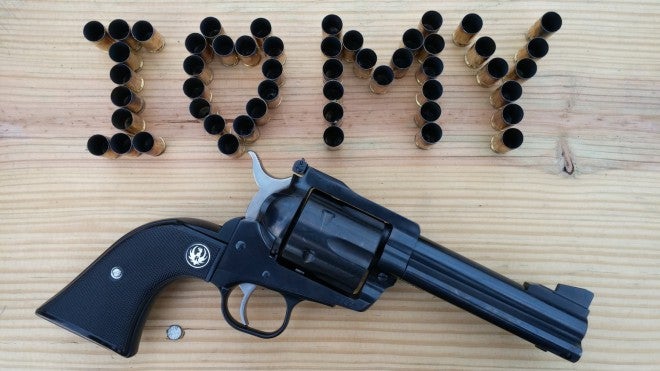For me, one of the great joys of being a firearms hobbyist is introducing someone new to the community. I have never been a professional instructor, but I consider it a public service to give my time to a new shooter to help them safely and accurately use the weapons they own or may soon own. Besides safety and marksmanship, though, there’s also helping a new shooter to economically and successfully purchase the weapons they want and need, so they can enjoy the sport with as little regret as possible. To that end, I’ve come up with a few tips for the new gun buyer on how to get the most bang for their buck when buying new guns. It should be noted that Alex C. created a similar list at the end of last year, but his was explicitly geared towards the collector, whereas mine will target a broader audience of new gun owners. I will attempt to create as little overlap between the two as possible, and my readers should definitely click that link and take a look at Alex’s excellent advice for collecting. With that out of the way, let’s begin.
(1) Be honest about your needs, and your wants
There is absolutely nothing wrong with buying a $2,500 racegun AR-15, or that Westinghouse M1891 Mosin rifle you’ve always wanted, but make sure you are honest with yourself about what your needs really are, and what guns you just want. If you live in a 2-story apartment, you likely do not need to own an M4-style AR-15 carbine for protection, where a much cheaper and more appropriate handgun would do, but you have every right to want one. Divide your wish list into “wants” and “needs”, based on your lifestyle and your angle on the shooting hobby. For example, let’s say I wanted to get into NRA High Power competition, and wanted to make sure my family was protected. I might have a list that looked like so:
Wants
- Swedish m/96 Mauser
- S&W 686 pre-lock
- Uberti Winchester 1866
- Colt 6920 AR-15
Needs
- A compact handgun
- A full-size handgun
- NRA High Power match rifle
The guns in the first section are weapons that might be nice to have, but that aren’t strictly necessary for my hypothetical slice of the shooting pie. Being honest with yourself and dividing your wish list in this way gives you a clearer roadmap for creating a safe full of guns you actually want to have, and helps you avoid more superfluous or disappointing purchases. Also note that the needs are left more generic, like “a compact handgun” versus “a Glock 43”. This helps you get the best value for the buck by not excluding options that you otherwise might not have considered, and helps avoid the impulse to buy a gun based on its appearance or features. Leave that kind of thinking for the “wants” pile.
(2) Prioritize your needs, and put your wants on ice
When you decide which guns you want, and which you need, it’s time to figure out in what order you should make your purchases. Unless you are incredibly rich, this is a process that may take years to complete, depending on the length of your list, and if you’re like me, during that time the list itself will grow. What’s important is to prioritize needs ahead of less necessary wants. This isn’t because the wants are less justifiable, but because you want to weed out impulse buys that will likely result in you spending more money than you have to, or getting an inferior product, and to help cover your bases in a more timely fashion.
(3) Buy the gun you want, but have an exit strategy
Once you’ve decided that the time has come to thaw out one of the items on your list, and pull the trigger on buying it, try to do so in such a way that the decision is reversible if you end up not liking your purchase. Buy a gun from a reputable manufacturer whose products don’t tend to depreciate, and plan to shoot it enough to get a better idea of how you feel about it before you make any major modifications that could hurt the value. Don’t buy large numbers of accessories that will instantly depreciate right off the bat after purchasing a new gun, this leads into number 4…

By buying a 1911 from Colt, the biggest name in the 1911 market, I made sure I had a firearm I could sell for most if not all of its original value if I decided I wanted to do something different.
(4) Don’t buy someone else’s project gun
One of the worst decisions you can make is to buy a gun that someone else modified to their own tastes. Even if you’re sure those modifications are what you want, you may find after a while that one or more of them, or even the base firearm, aren’t really what you were looking for, and that can result in a costly mistake as modified firearms are much harder to sell than factory condition weapons. Further, you don’t know the person who made these modifications, and often a rifle that looks very slick in pictures arrives and is covered in dings, dremel marks, and other “Bubba signs”.
(5) Be smart when doing your research
Try to learn as much as possible about a gun before you buy – this is an obvious first step in today’s world of online articles and star reviews. Is that S&W 686 a pre-lock or post-lock gun? What dash is it? Barrel length? What is the going rate for that particular version? Beyond that, understand which sources of information are reliable and which aren’t. Many gun magazines will paint a positive picture regardless of the reviewer’s actual experiences with the gun in question, especially if it’s from a major brand. Their articles can still be informative, but the opinions of their writers can often be unreliable. On the other hand, the experiences of gun gurus like Massad Ayoob and Grant Cunningham are priceless. Gun forums are another good place to get information, but they too have a lot of noise to cut through. Knowing which forums have a good reputation, and which members are most well-respected. Unfortunately, there’s no real shortcut to learning which sources of information are good and which aren’t, but asking a more experienced shooter for direction can help with this.
(6) Recognize inflated brands
There’s nothing wrong with a SIG P220, or an LWRC M6, but both of these firearms are examples of how some weapons come with a higher price tag than their competitors based on their brand alone. In those cases, a CZ 75B or Colt 6920 may fill their respective niches just as well while costing hundreds of dollars less. There’s certainly nothing wrong with wanting to buy a SIG or LWRC firearm, but for most people their higher cost should be a sign that these purchases really belong in the “wants” category, not the “needs”.
(7) BOCO: Buy Once, Cry Once
Conversely, don’t think that just because a firearm is cheaper and looks similar, that it will be just as good. Brands like Taurus may offer weapons visually similar to higher dollar brands like S&W, but their products have a history of poor quality control and recalls, and are riskier buys. Buy a high quality gun from a maker with a good reputation, even if you have to spend a little more on it, and you’ll save more money in the long run by avoiding costly resales of guns that didn’t work out.
(8) Support local gun stores, but don’t bend over backwards for them
Local gun stores are a great way to get your hands on a firearm before you buy it, or to be exposed to different kinds of guns you never knew existed. Therefore, you should support them with your patronage, but it’s unwise to spend hundreds of dollars more just to get a firearm on the same day over the counter. Spending a little extra on guns, ammunition, and accessories to keep Bob’s Fine Shooting Irons in business is a good thing to do, but too often brick-and-mortar stores suffer from limited selection and highly inflated prices. Shop around to find a good deal, and strike a balance between patronage and frugality. In my case, I try to buy smaller items like ammunition on a more regular basis from my local stores, to keep them in business and happy to see me, and I always keep an eye on their racks for guns that are a good deal both for them and me.
(9) Understand which of your firearms are assets, and which are workhorses
A gun will be worth less and less the more it’s been shot and the harder it’s been treated. Despite its durable materials and finish, that Glock you’ve put 3,000 rounds through and rarely cleaned isn’t worth quite as much as a new one, but it’s every bit as valuable to you as it was on the day you bought it. On the other hand, that 90% condition Westinghouse Mosin is a collector’s item, and if kept in good shape will still be worth as much as or more than what you paid for it. Having a good estimate of the value of your firearms will help you to know which ones you should sell to finance a new purchase, and which ones are workhorses or collectibles that you should keep around until your estate passes to the next generation.

Treating a gun like this doesn’t do good things to its value, but that’s just the reality for some working firearms…

…On the other hand, a nearly century-old rare pocket .32 that survived almost unscathed should be a safe queen that gets passed on to the next generation.
Your rules for shooting may differ, but I’ve developed these over the years I’ve been an enthusiast in the shooting sports. Most importantly, though, get out there and shoot!
 Your Privacy Choices
Your Privacy Choices
